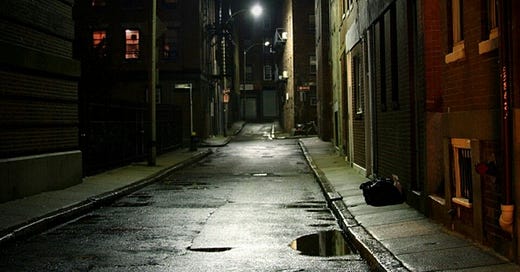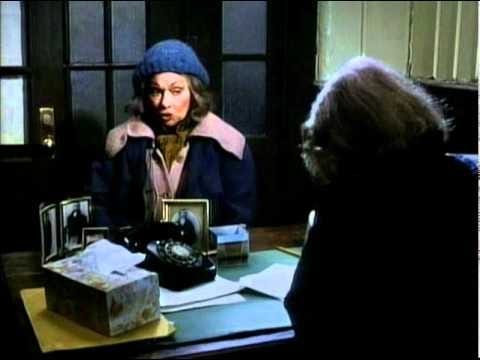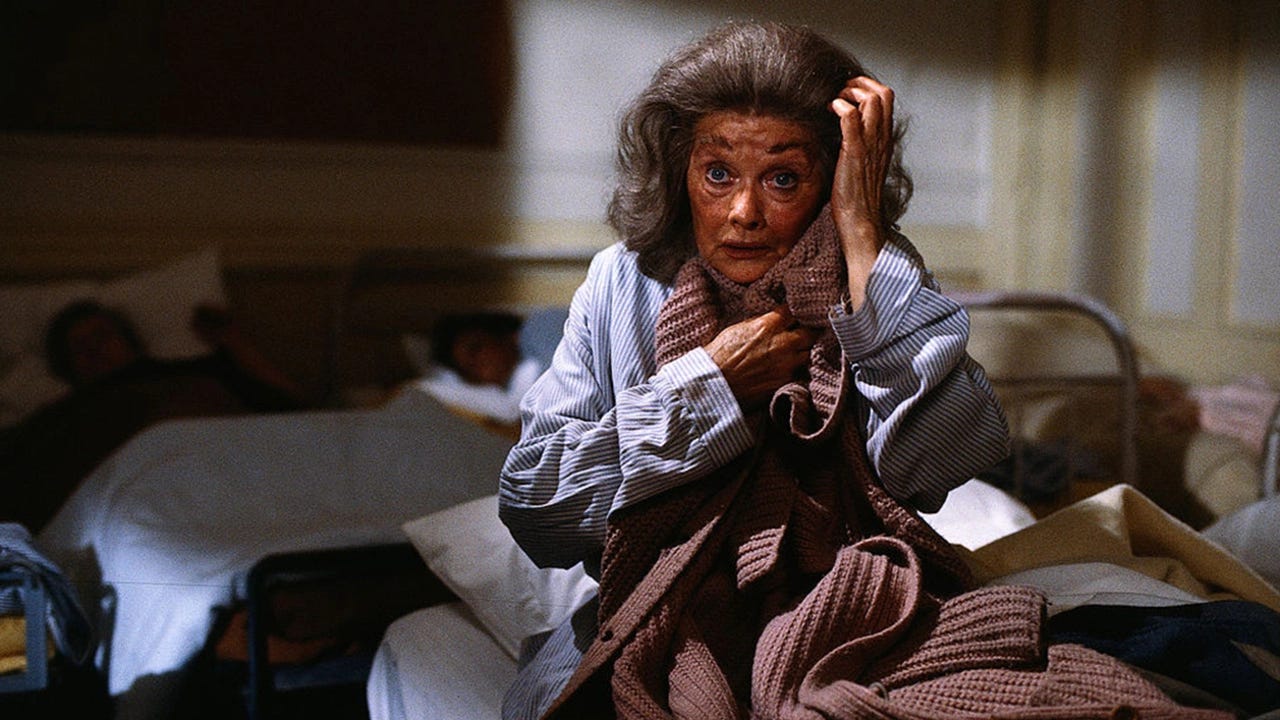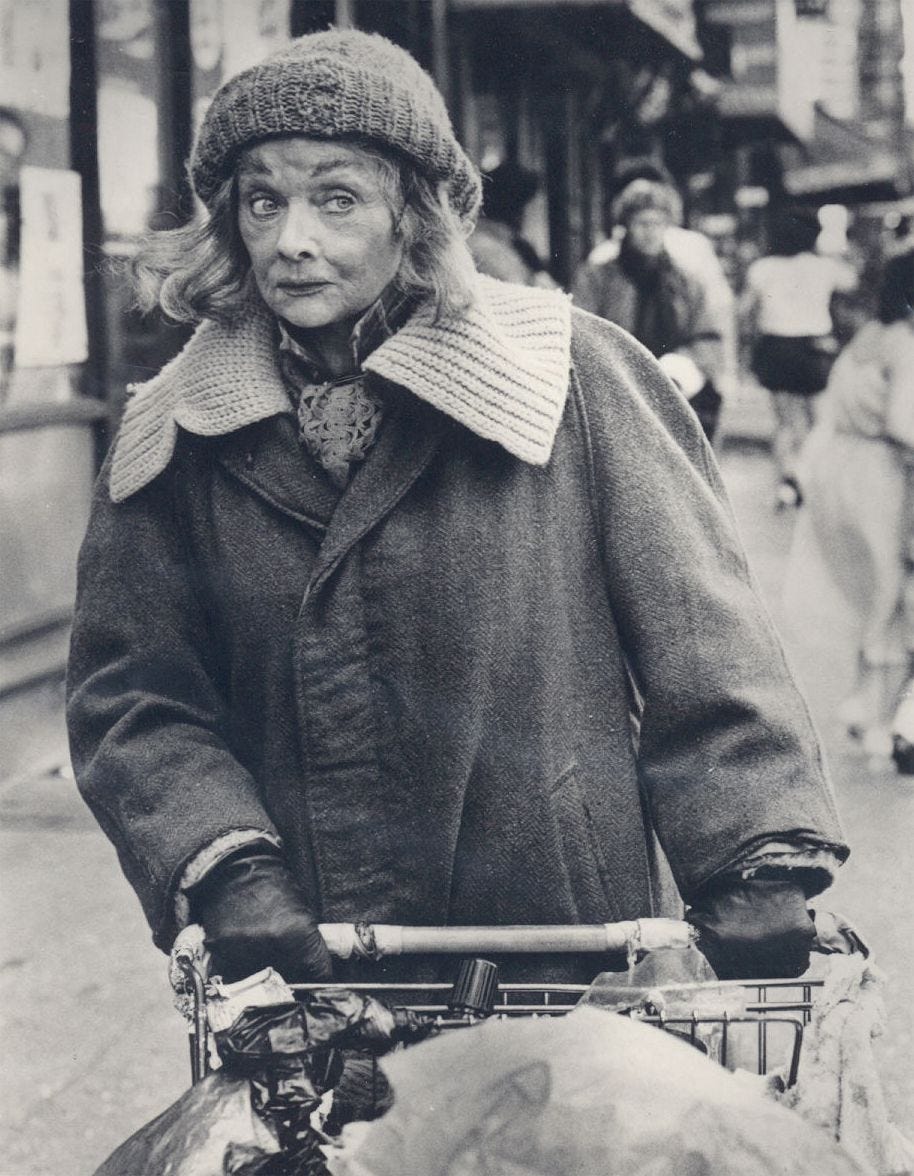Review of Film “Stone Pillow,” 1985. Starring Lucille Ball and Daphne Zuniga. Directed by George Schaefer, USA.
The movie is brilliant in how the world of the homeless is depicted.
A lot of people do not know Lucille Ball starred in a movie about a homeless woman. The name she chose for the character was “Florabelle.” Reportedly, Ball really wanted to do this film instead of just keep “doing Lucy again.” Many people told her not to do the film, saying it was a terrible idea.
Many said it would hurt her career.
Ball decided to film the movie in New York City, and she reminded nay-sayers that the city was full of actors. Some people said she would never find actors interested… that they would not want to be involved in such a film. People assumed serious films were made in Hollywood—not New York City!
As it happened, many actors and actresses volunteered to be in the film. They loved the idea of getting to work with the very funny, very famous Lucille Ball.
Even the well-known Broadway actress Rebecca Schull wanted to be in the film, saying she just loved Lucy! She played the unhappy women’s shelter director “Mrs. Nelson” who showed signs of becoming disgusted and jaded by many years of dealing with the homeless women who came to that shelter, making trouble, causing fights, and just generally being hopeless individuals who it is impossible to keep track of, impossible to help. Her performance is another underrated one, indeed.
Florabelle being harassed and threatened by Mrs. Nelson.
.
Many homeless people, ex-homeless people, advocates for street people, fans of Lucy, and critics of film who actually know something about homelessness have said time and again this was an incredible movie…
Lucille Ball as Florabelle, scared to be in the women’s shelter with total strangers.
.
Google around and you will read many accounts from people who know what they are talking about.
The movie is brilliant in how the world of the homeless is depicted. Consider “the dark night” topic alone and you have quite a film.
This film was a serious and dramatic change from all of the comedy roles. Although Lucy is playing a tragic and flawed and hopeless woman, her experience with years of comedy roles actually serves her well. In this film, she still lets her sarcasm and wit shine through in this role, but she is brilliant in her portrayal of this woman who has lost everything and still is haunted by her past.
The memories keep coming back to her, of her husband and child and home and garden. Now she lives on a corner—her own special corner.
The movie begins as Florabelle emerges from her garbage-bag bed, and says wryly, “Well, I’m still here.” Thus starts our journey into the life of this homeless woman-with-cart who has good connections with some (not all) of the area shopkeepers and produce men on a little corner in New York City.
Carrie, a brand new social worker, goes out to the streets to learn about the homeless and what they really need. Florabelle comes across her and thinks her to be a runaway, completely green on the streets. She helps Carrie (played by Daphne Zuniga) find good food in the trash and special hiding places for women who are living on the streets.
Florabelle has been through some traumatic loss. She has vivid memories of her family life and her home and her gardening. She reveals the story to Carrie—thinking she is another lost soul.
Later, after a good deal of calamity, Florabelle finds Carrie working in the nearby women’s shelter and feels violated. She feels Carrie has used her to get information about being homeless and doesn’t want anything to do with her. She is furious with Carrie and wants nothing to do with her anymore.
Zuniga and Ball on the set of the film, Zuniga learning from the pro.
.
Says a security guard to Carrie about how frustrating it is to work with the homeless, “Mostly we just do what we can.” Like Carrie’s boss and the director and guards of a Brooklyn shelter to which the women get rounded up and taken to, the guard is bitter, jaded, disgusted. Everyone with experience dealing with street women has given up hope.
“Hope” emerges as an important element and the answer to salvation—of the friendship between Carrie and Flora at the end of the film—and of the future of Flora as Carrie has found a way for her to finally escape the corner. Watch the film and you will see how strong the pull of the corner is for Flora to go back there… but also how strong the pull of hope can be for a homeless person to re-enter indoor life. Conflicted at first, Flora makes an important decision at the very end of the movie.
“The dark night” also emerges as a key to understanding the lives, fears, trauma, and oppression of the homeless. Rats, darkness, strange noises, eerie voices, cops rousting the homeless out of their hiding places—and out of the places where they sleep—are all part of the dark foreboding and threatening night.
Says Flora to Carrie early in the film, “If they’d just let us sleep once in awhile…”
Florabelle and her famous cart full of memories.
.
Many idiots who reviewed the film did not know anything about being homeless. That is their greatest weakness, as they say that the film was a silly movie or an exercise in jerking a few tears and other such demeaning summaries and comments.
However, the understanding of the power of hope, the strength of a social worker who cares, and the knowledge of that demon called “the dark night” combine to create an insightful and purposeful film. The film is real, is touching, is important, and is valuable.
Somebody who knew about homelessness helped create this upsetting and effective film.








